Since a while, I've been having massive powerline spikes on both the Active and Neutral line.

It happens when I turn on a light (with a trafo attached to it), or have an ESD with my floormat, or when the hair dryer is turned on. The power lines that where used to take this snapshot of the surge, have a surge protector in front of them.
My A/V receiver turns off for a second or two regularly, to protect itself from the spikes (I guess)
The only thing that recently changed was our Energy Meter. The wires have been there for around 20 years and we've never had problems with it. On every socket Earthing is available, and used.
What is the cause of this problem and most importantly, where do I get started to solve it?
EDIT:
The energy meter was checked by a electrician and it was properly installed in the first place.
2nd edit:
I noticed something strange, and I'm not really sure if this is supposed to happen.
The pink line is the neutral line and the yellow line is the active line. Is it normal for the neutral to 'follow' the active line a bit?
